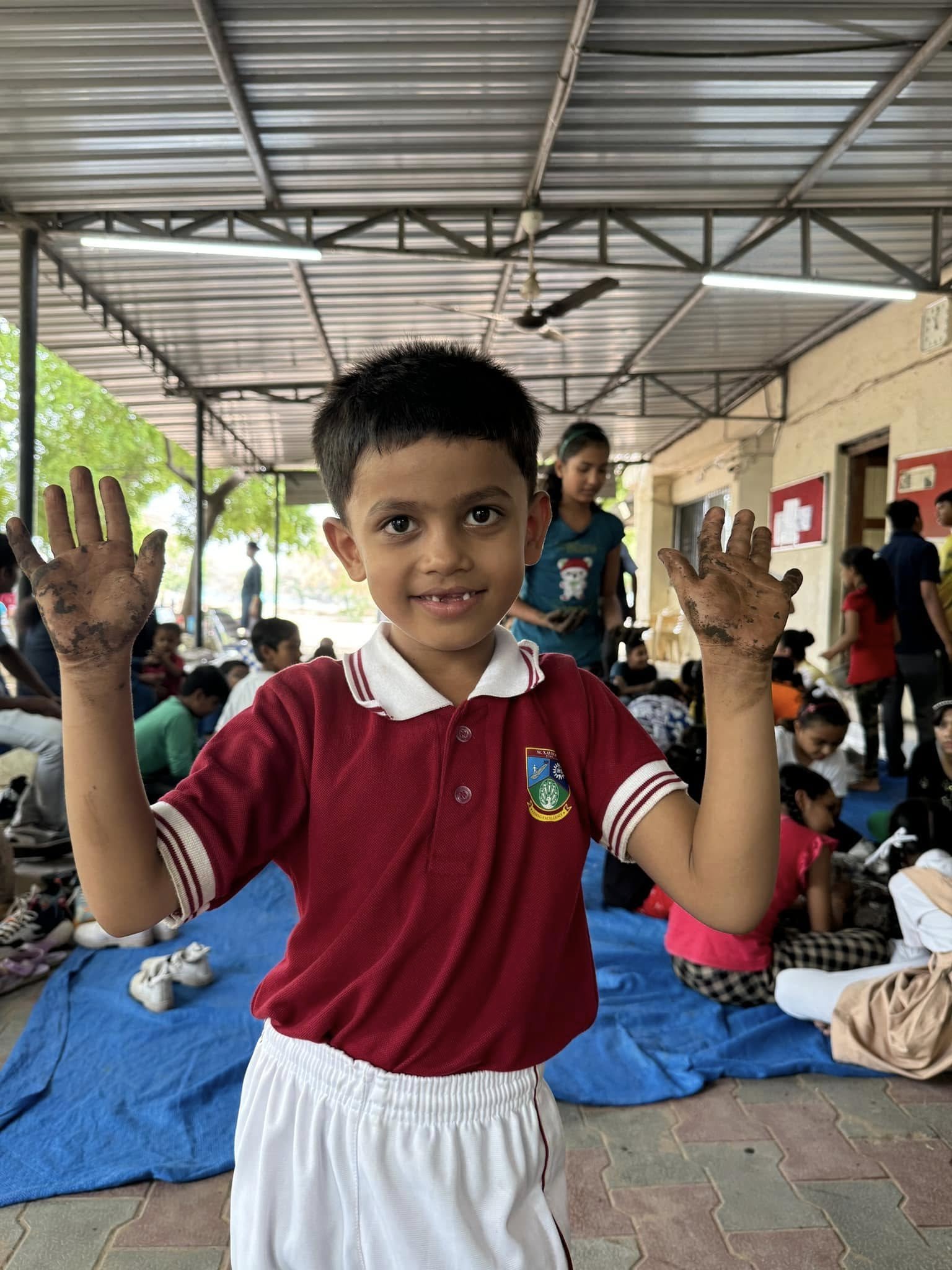Empowering Education: Drishti Foundation’s Digital Classroom Initiative in India’s Tribal Heartlands
Introduction:
In the vast tapestry of India’s educational landscape, there exist pockets of neglect, where access to quality education remains a distant dream for many. Among these marginalised communities are the tribal and remote areas, where infrastructure deficits and geographical isolation compound the challenges faced by students and educators alike. However, amidst these challenges, there shines a beacon of hope – Drishti Foundation’s Digital Classroom Initiative.
Education is the cornerstone of development, yet millions of children in tribal and remote areas of India face significant barriers to accessing quality learning opportunities. Recognising the urgent need to address this disparity, Drishti Foundation, a global non-profit philanthropy organization dedicated to health, education, and environment, embarked on a transformative initiative to install 122 digital classrooms in government schools across eight states of India. This blog explores the significance of this initiative, its impact on educational outcomes, and the journey towards creating a more inclusive and equitable education system.

Understanding the Need:
In India, tribal and remote areas often lack basic educational infrastructure, resulting in poor learning outcomes and high dropout rates among children. Traditional teaching methods may not effectively engage students or cater to their diverse learning needs. Drishti Foundation identified this educational gap as a critical issue that needed urgent attention. The digital classroom initiative emerged as a response to this pressing need, aiming to revolutionise the learning environment and empower students with modern educational tools and resources.
Scope of the Initiative:
The digital classroom initiative spanned across eight states of India, namely [List the eight states]. These states encompassed diverse geographical, cultural, and socio-economic landscapes, highlighting the widespread nature of the educational challenges faced by marginalised communities. By targeting government schools in tribal and remote areas, Drishti Foundation aimed to reach the most underserved and vulnerable populations, ensuring that every child, regardless of their background, had access to quality education.
Implementation Strategy:
The successful implementation of the digital classroom initiative required meticulous planning, collaboration with local stakeholders, and robust logistical support. Drishti Foundation leveraged its partnerships with government agencies, educational institutions, and technology providers to identify suitable schools and assess their infrastructure needs. Each digital classroom was equipped with state-of-the-art technology, including interactive whiteboards, computers, projectors, and internet connectivity, to facilitate interactive learning experiences for students and teachers.
Capacity Building and Training:
Recognising the importance of teacher capacity building, Drishti Foundation conducted comprehensive training programs for educators to familiarise them with the use of digital tools and integrate them into their teaching practices effectively. These training sessions emphasized interactive teaching methodologies, digital literacy skills, and the creation of multimedia educational content. By empowering teachers with the necessary skills and resources, the initiative aimed to enhance teaching effectiveness and student engagement in the digital classrooms.
Monitoring and Evaluation:
Continuous monitoring and evaluation were integral components of the digital classroom initiative to track progress, identify challenges, and measure impact. Drishti Foundation established monitoring mechanisms to assess factors such as student attendance, academic performance, teacher satisfaction, and infrastructure maintenance. Regular feedback sessions and site visits enabled the foundation to address issues promptly and make necessary adjustments to ensure the smooth functioning of the digital classrooms.
Impact and Outcomes:
The digital classroom initiative has yielded significant positive outcomes, transforming the educational landscape in tribal and remote areas of India. Preliminary assessments indicate improvements in student attendance, academic performance, and overall learning outcomes. Teachers have reported increased engagement and motivation among students, facilitated by interactive learning experiences made possible through digital technology. Moreover, the initiative has enhanced digital literacy skills among students, equipping them with essential competencies for the future.
Community Empowerment and Sustainability:
Beyond its immediate educational benefits, the digital classroom initiative has empowered local communities and fostered sustainable development. By involving community members in the project planning and implementation process, Drishti Foundation has promoted ownership, accountability, and stakeholder engagement. The digital infrastructure installed in schools serves as a catalyst for broader socio-economic development, facilitating access to information, e-governance services, and digital literacy programs for community members beyond school hours.
Challenges and Lessons Learned:
Despite its successes, the digital classroom initiative encountered challenges such as logistical constraints, technical issues, and resistance to change. However, proactive measures, including onsite technical support, community mobilisation efforts, and adaptive strategies, enabled the initiative to overcome these obstacles effectively. The experience gained from implementing the initiative has provided valuable insights and lessons learned for future projects in similar contexts.
Future Directions:
As Drishti Foundation looks towards the future, it remains committed to expanding and scaling up its digital classroom initiative to reach more underserved communities across India. By leveraging partnerships, innovative technologies, and best practices, the foundation aims to create a more inclusive and equitable education system that empowers every child to reach their full potential. Continuous monitoring, evaluation, and stakeholder engagement will be key to ensuring the sustainability and long-term impact of the initiative.
Conclusion:
Drishti Foundation’s digital classroom initiative represents a beacon of hope for millions of children in tribal and remote areas of India, providing them with access to quality education and brighter futures. By harnessing the power of technology, collaboration, and community empowerment, the foundation has made significant strides towards bridging the educational gap and promoting social inclusion. As we celebrate the success of this initiative, let us renew our collective commitment to creating a world where every child has the opportunity to learn, grow, and thrive.
Contact us to explore collaboration opportunities, learn more about our initiatives, or contribute towards making a difference that truly matters.
Facebook: https://www.facebook.com/DrishtiFoundationTrust/
Instagram : https://www.instagram.com/drishtifoundation
Youtube : https://www.youtube.com/drishtifoundationtrust
Twitter : https://www.twitter.com/dftindia



